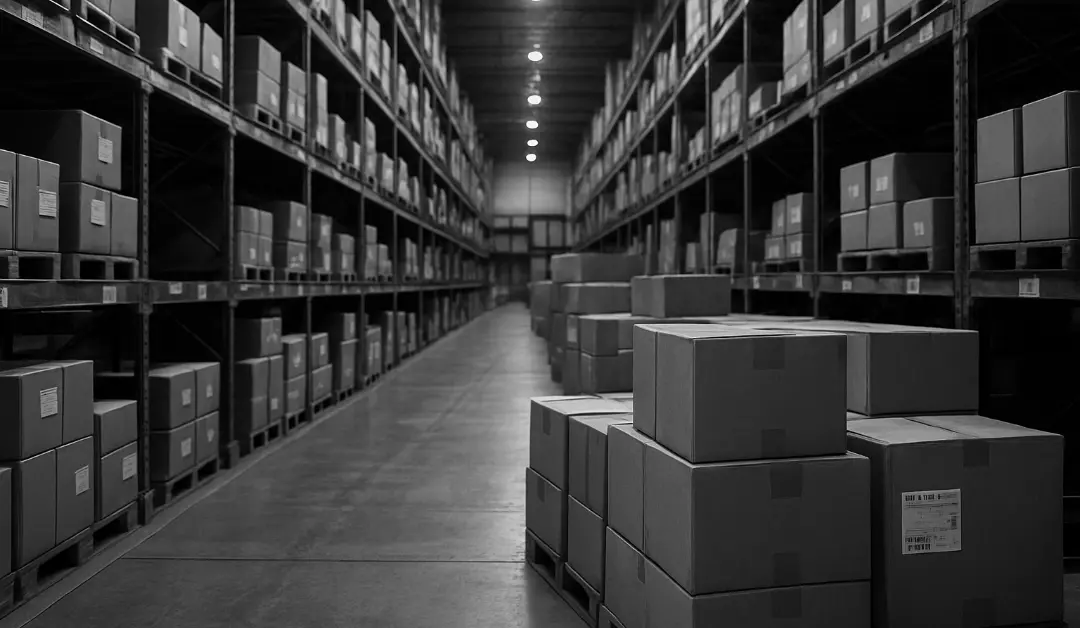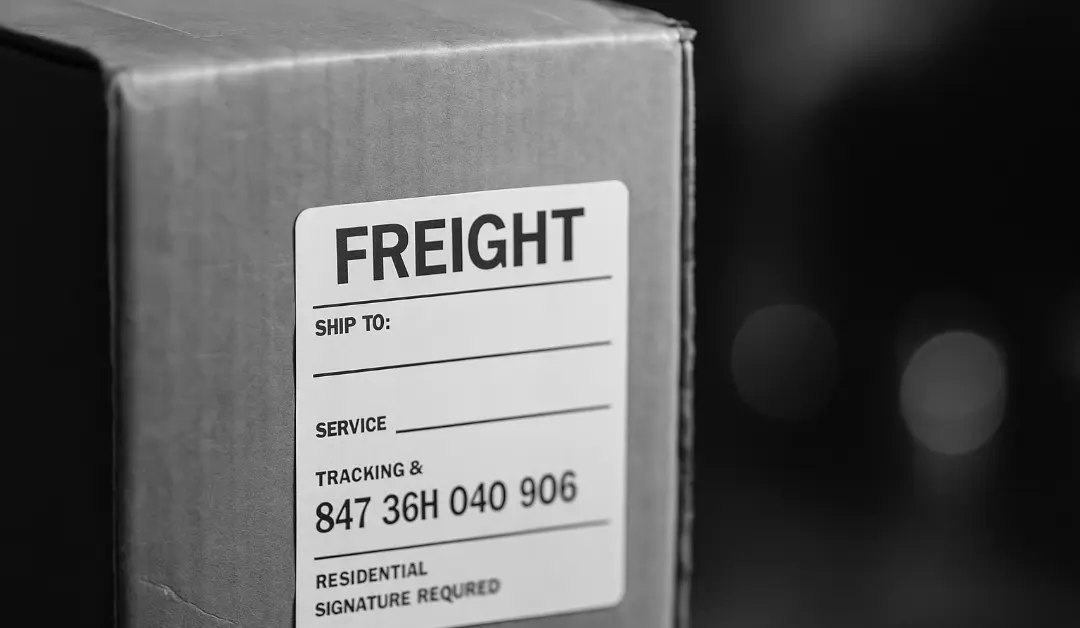For most growing ecommerce brands, the idea of “warehousing and distribution” feels like background noise. You’re focused on sales, marketing, product sourcing, and customer experience. Logistics is something you don’t think about—until it breaks.
But warehousing and distribution aren’t just about where your products sit. It’s about how efficiently they move, how much you spend to store and ship them, and how reliably they reach your customer. And that’s where many brands begin to feel the weight of complexity.
Whether you’re fulfilling orders from a garage, running a small warehouse, or working with a 3PL, understanding how warehousing and distribution work (and how it’s evolving) can help you streamline your operation—and unlock better margins at scale.
What Is Warehousing and Distribution?
At its core, warehousing and distribution is the process of storing inventory and getting it into your customer’s hands.
- Warehousing refers to the physical storage of products in a dedicated space—this could be your own facility, a shared 3PL (third-party logistics provider), or a specialized fulfillment center.
- Distribution covers the steps that happen after a customer places an order: picking, packing, labeling, and shipping it through the right carrier.
It sounds simple enough. However, once SKUs multiply, sales channels expand, or you start shipping internationally, warehousing and distribution quickly become one of your most strategic (and expensive) functions.

Why It’s More Than Just Space and Boxes
Good warehousing and distribution isn’t just about finding the cheapest storage or fastest shipper. It’s about building resilience into your supply chain.
Here’s what that looks like in practice:
- Clever inventory placement: Storing products closer to high-density delivery zones reduces transit times and shipping costs.
- Optimized pick-pack flows: Intelligent bin locations, SKU slotting, and real-time inventory tracking improve warehouse efficiency.
- Flexible carrier orchestration: Using multiple carriers—or a partner like eHub to route labels dynamically—gives you options when delays, outages, or surcharges hit.
- Scalable systems: As your business grows, your warehousing and distribution infrastructure needs to scale with it—without creating friction downstream.
The most successful brands aren’t just outsourcing logistics—they’re treating it like a core competency. They understand how their fulfillment operation directly impacts customer satisfaction, margin, and retention.
When Should You Rethink Your Warehousing and Distribution Strategy?
If any of these sound familiar, it may be time to rethink your setup:
- You’re overpaying for storage fees due to stale inventory.
- Orders are delayed or mis-shipped more often than you’d like to admit.
- You’re locked into a single fulfillment provider and can’t scale flexibly.
- Your team is wasting hours managing shipping labels, carrier rates, or tracking issues.
You’re not alone. At eHub, we work with merchants every day who thought their setup was “fine”—until they saw how much money and time they were leaving on the table.
How eHub Helps E-commerce Brands Streamline Fulfillment
eHub simplifies warehousing and distribution by giving brands:
- Access to a vetted network of 3PLs across the U.S.—matched to your products and growth plans.
- Rate intelligence and shipping software to automate label generation, carrier routing, and fulfillment workflows.
- Fulfillment Intelligence tools to identify hidden surcharges, prevent carrier overuse, and find cost-saving opportunities others miss.
Whether you’re evaluating a new 3PL, building out a multi-node fulfillment network, or just trying to scale cleanly without losing control, our team helps you make smarter decisions at every step.
Final Takeaway
Warehousing and distribution is the beating heart of every product-based business. You can’t grow without it—but if you ignore it, it will eventually start working against you.
By treating fulfillment as a competitive edge (not a cost center), you can unlock real leverage—shorter transit times, happier customers, better margins, and less stress for your team.
If you’re ready to explore what a better warehousing and distribution strategy looks like, we’re here to help.



